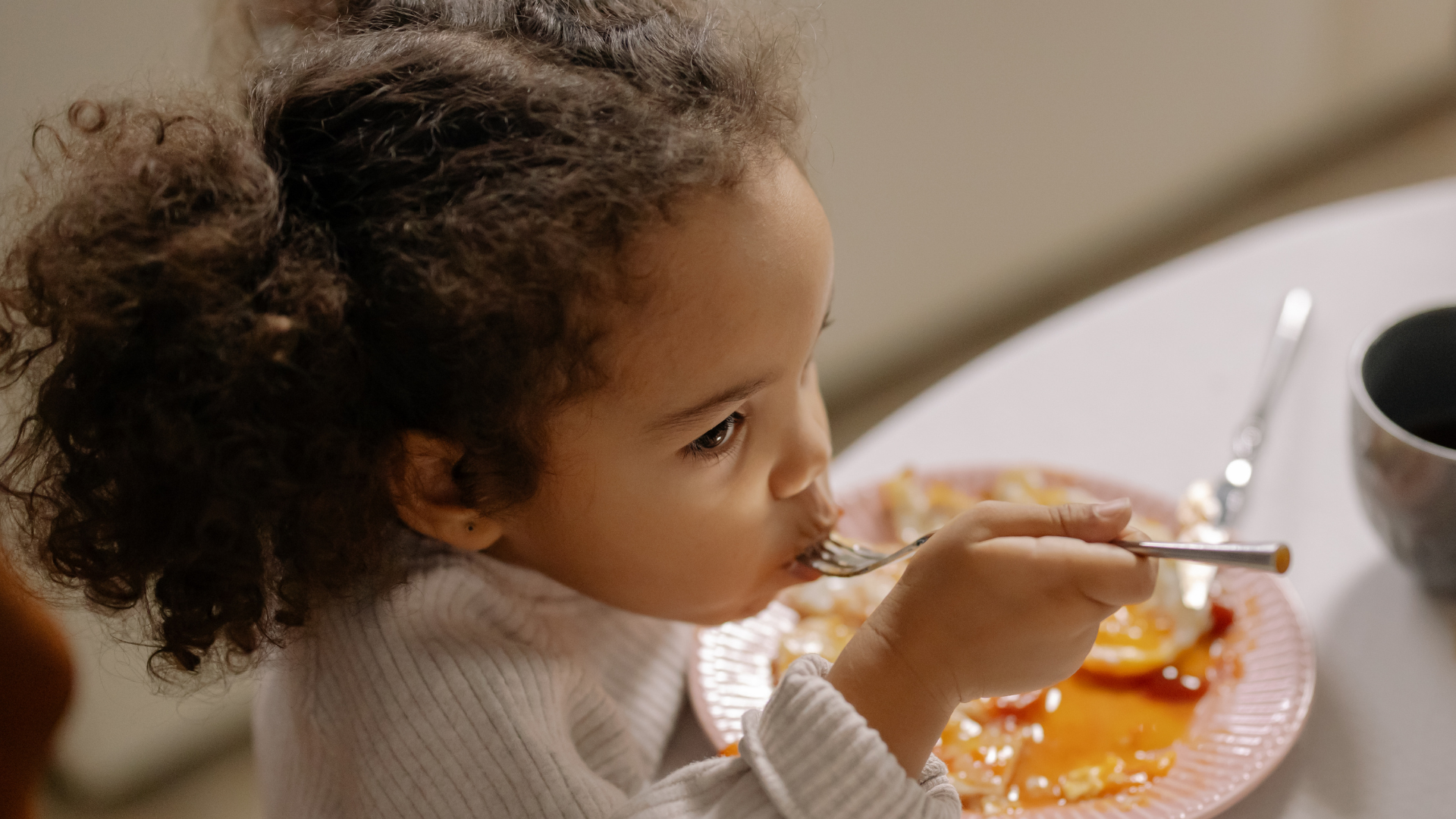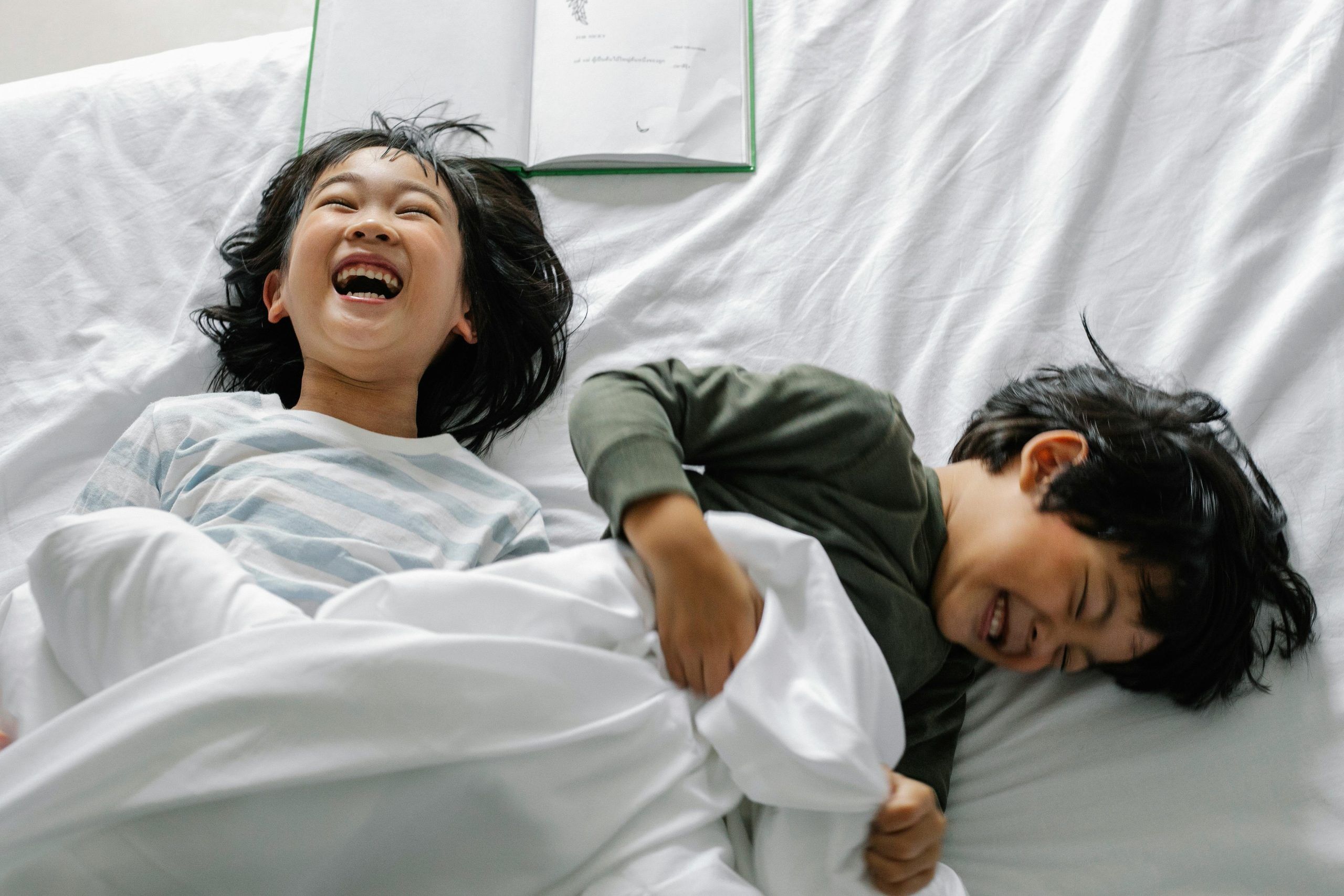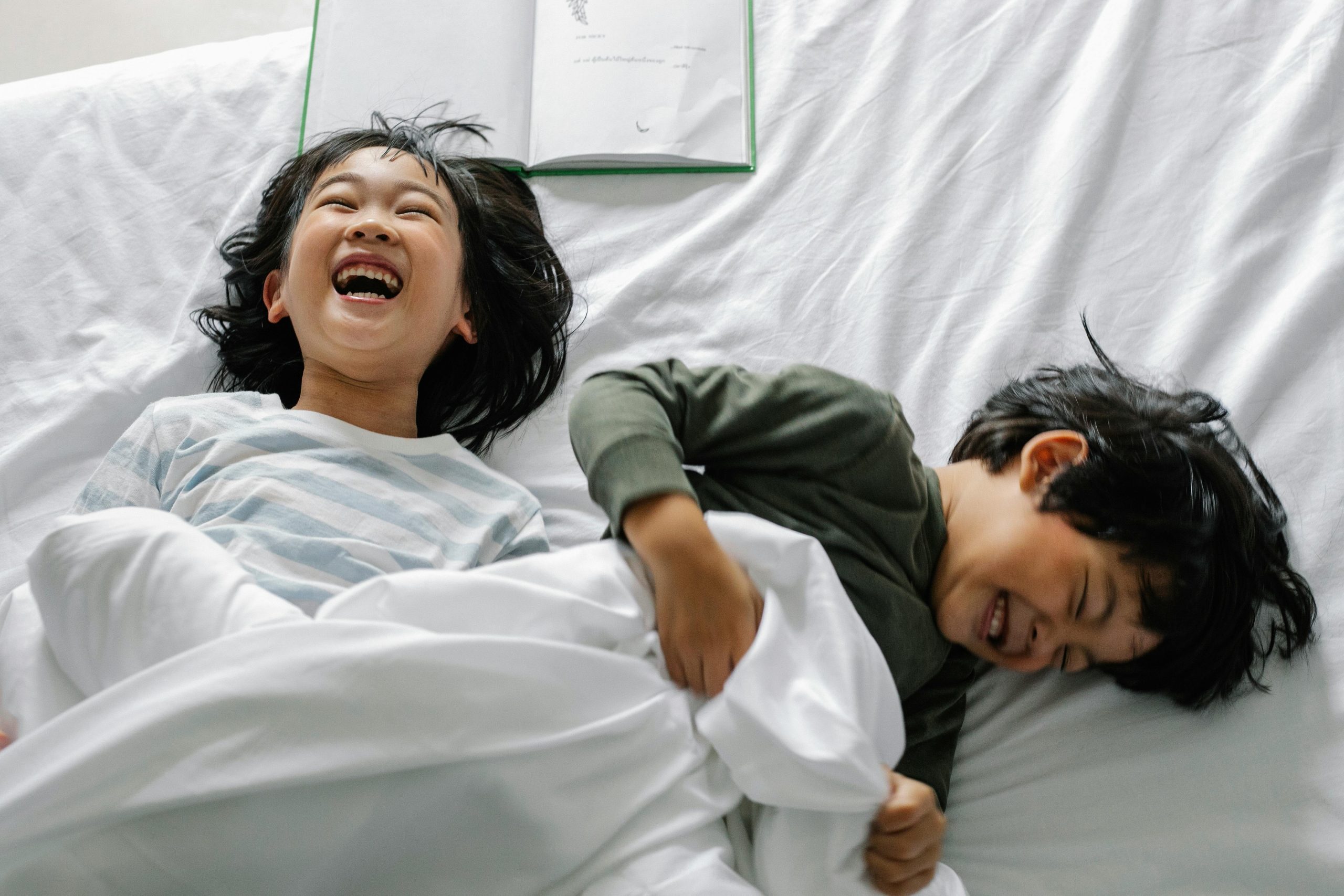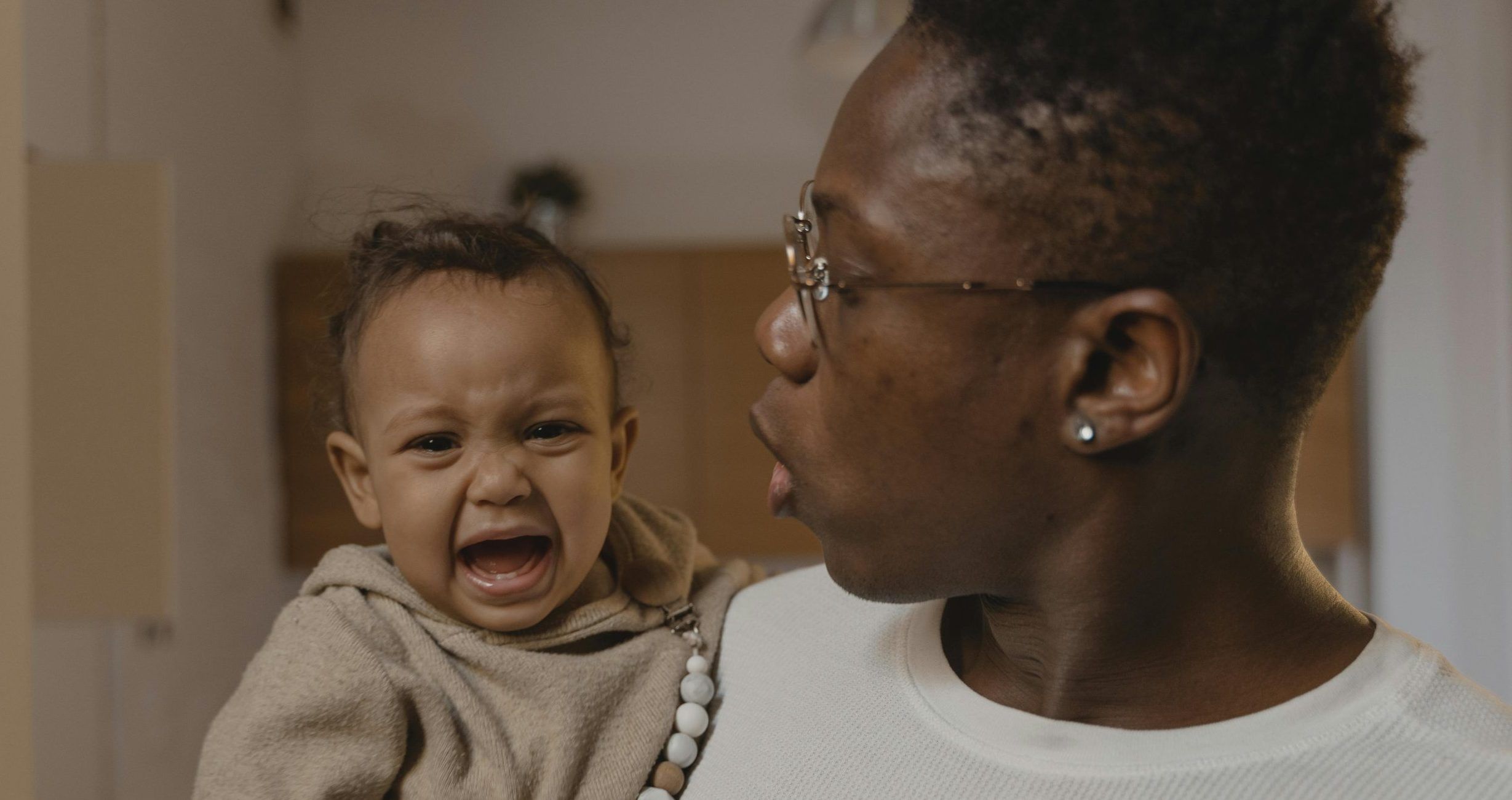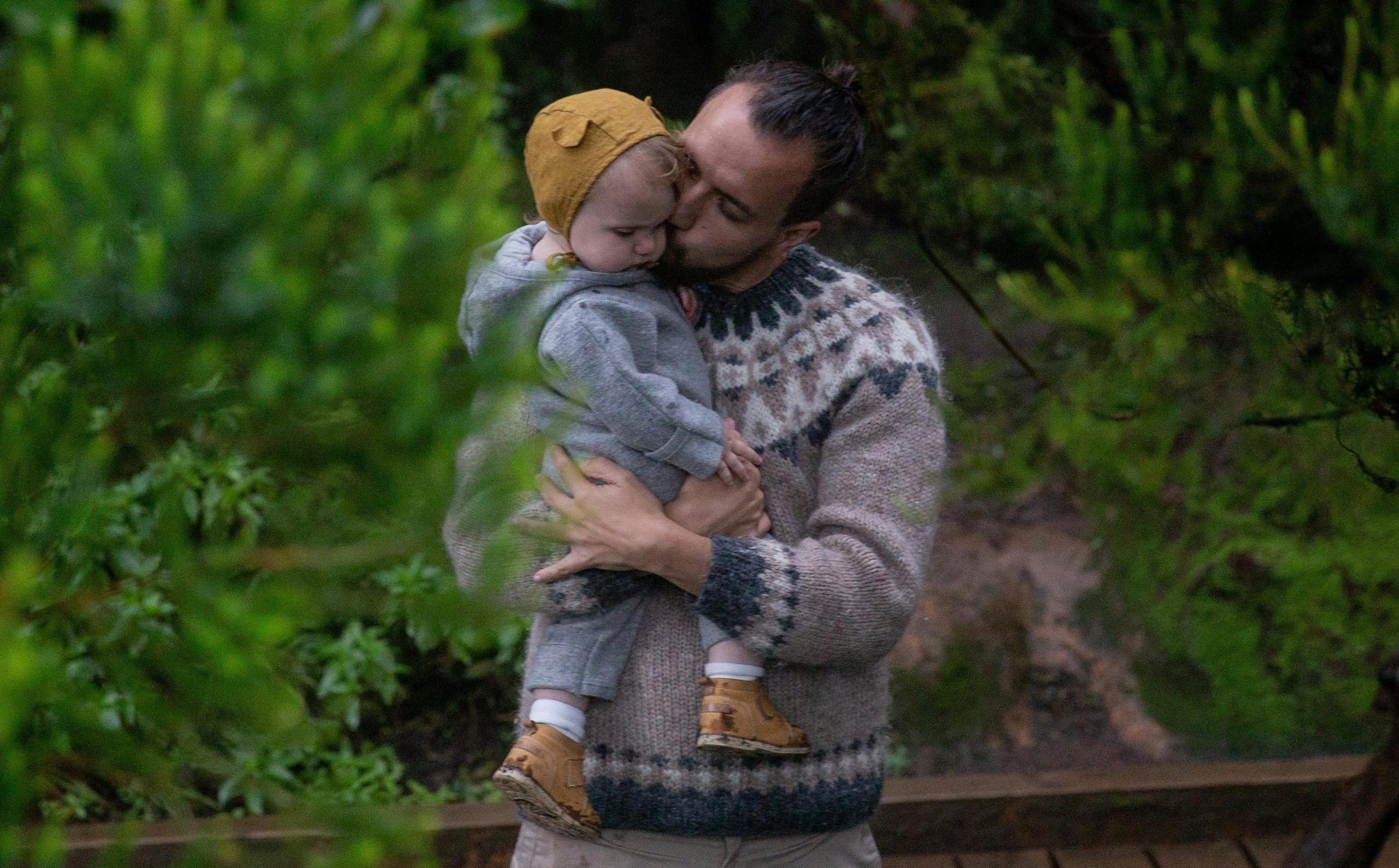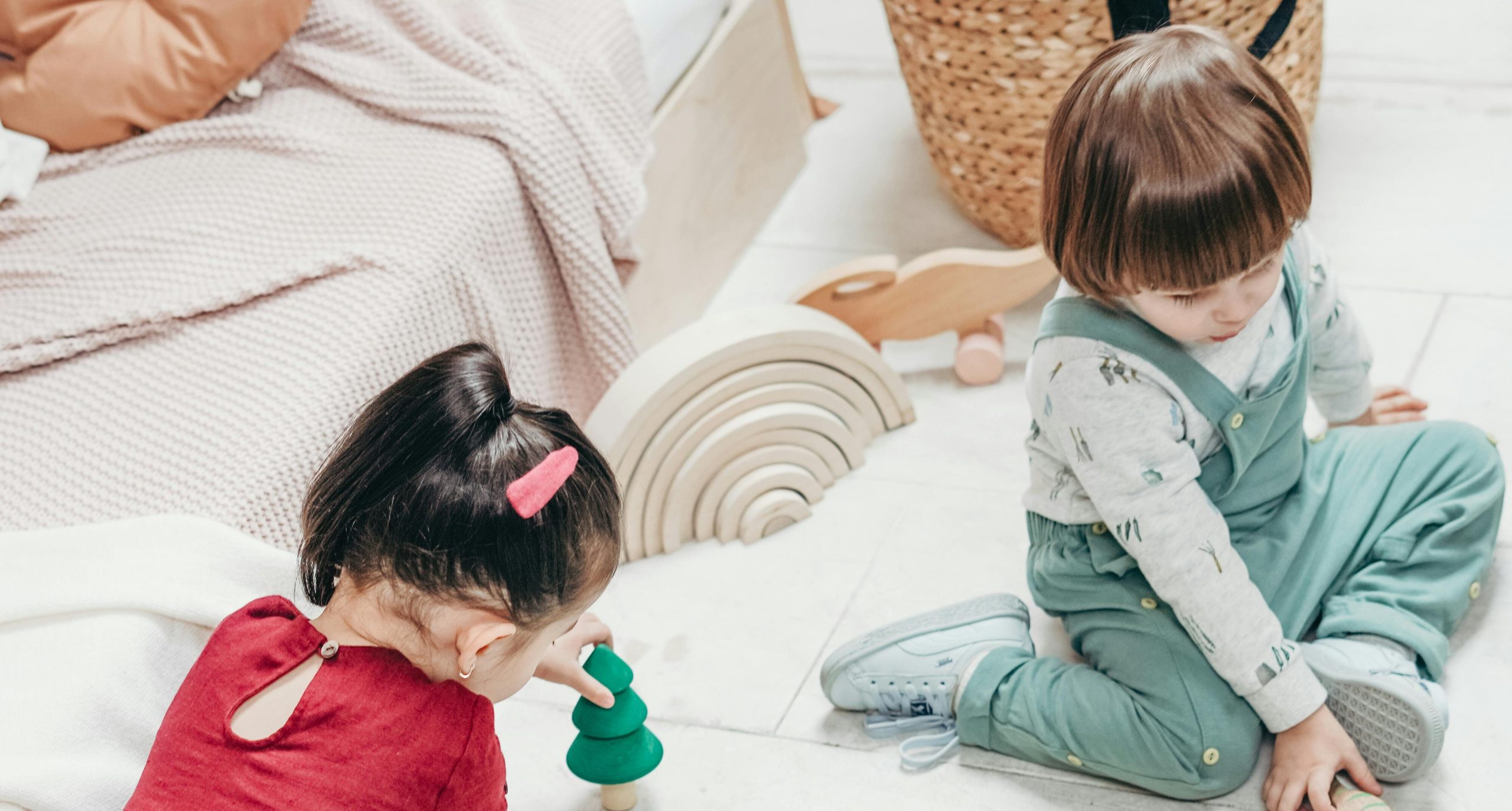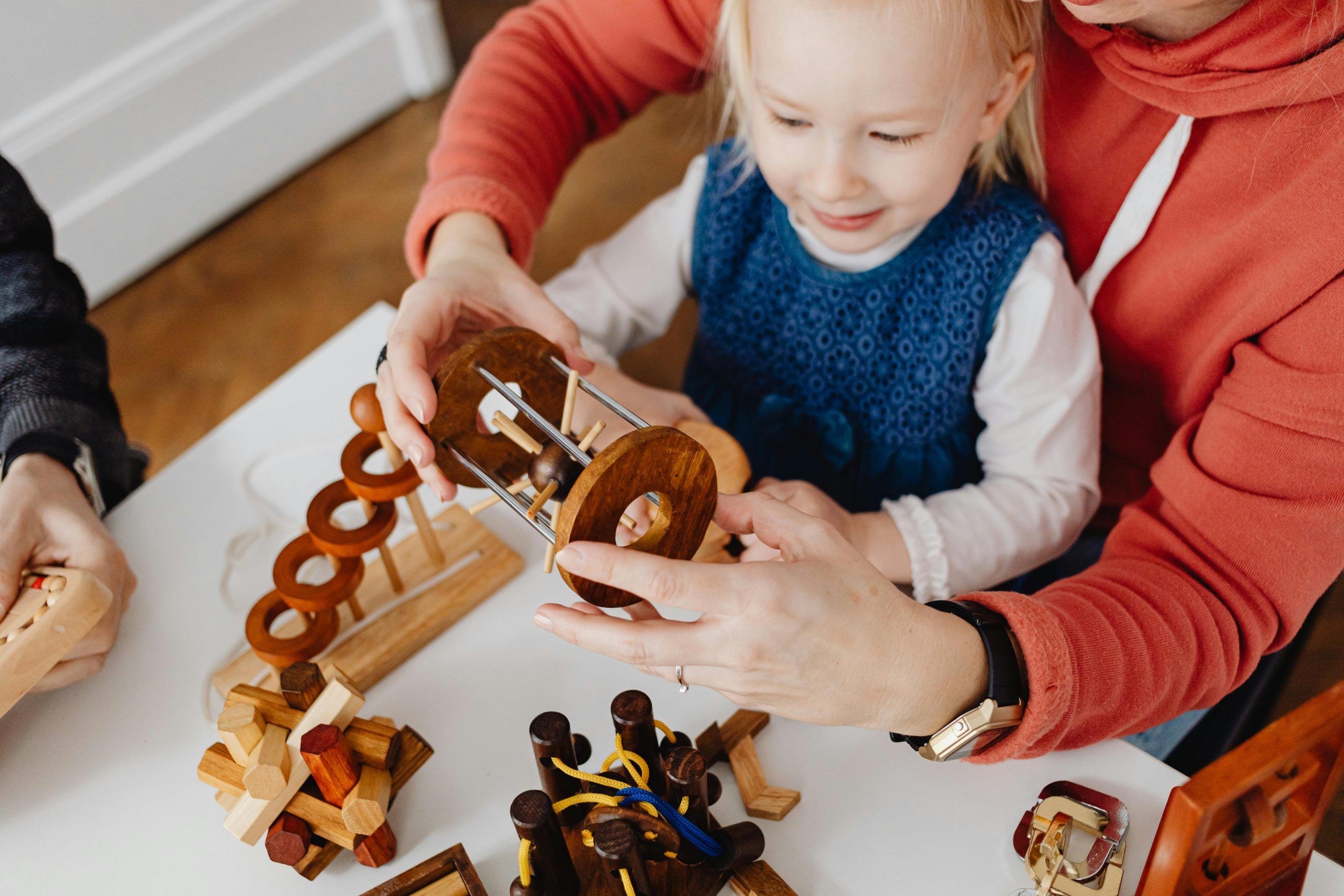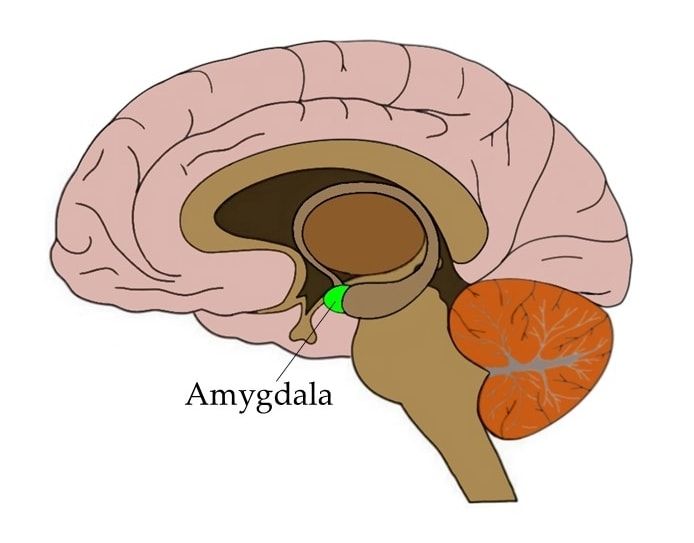💤 Nutrition and Sleep in Children: How What They Eat Affects How They Sleep (and Vice Versa)
Nutrition and Sleep in Children:
How What They Eat Affects How They Sleep (and Vice Versa)
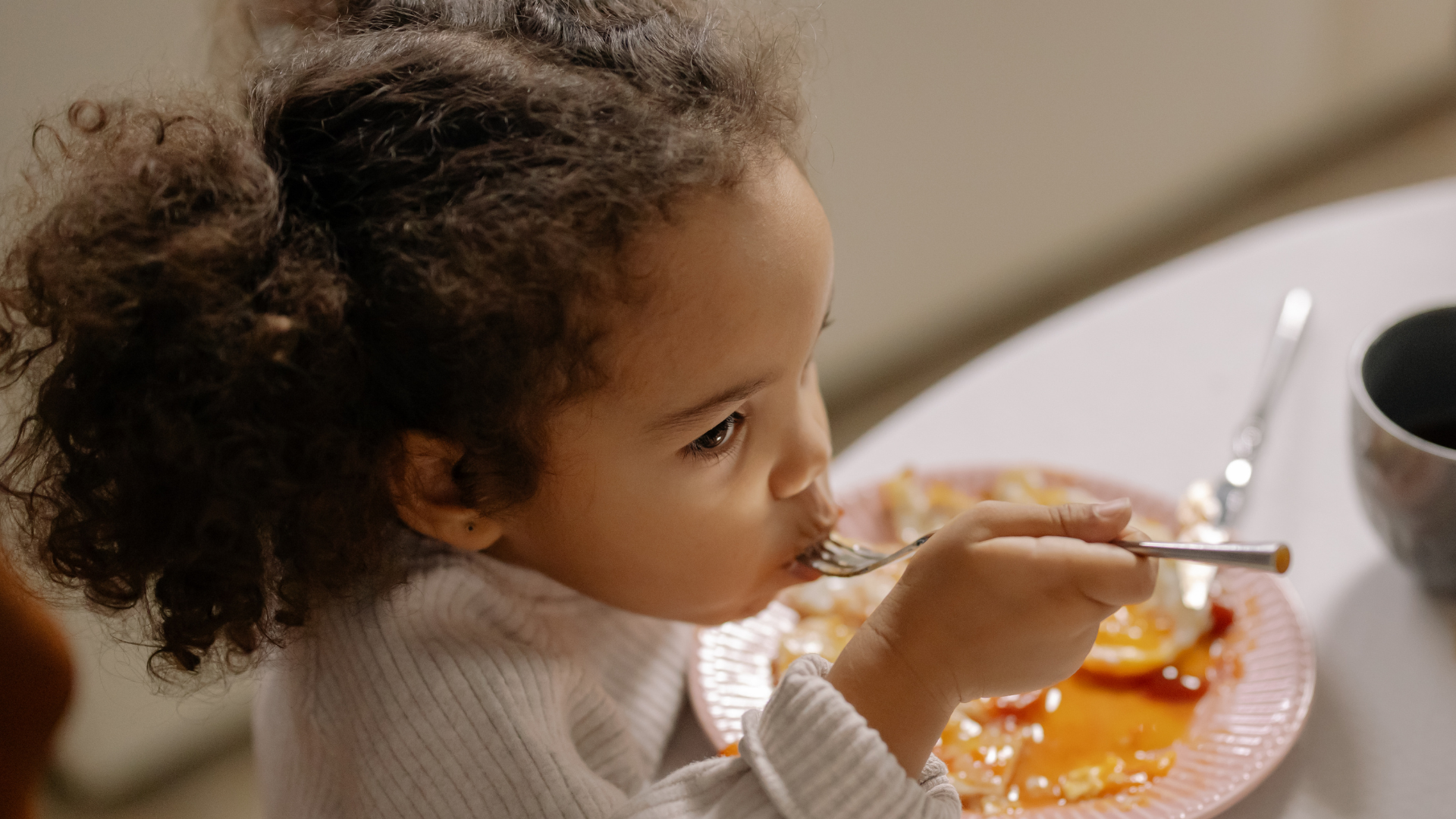
Introduction
Sleep and nutrition are two of the most powerful influences on a child’s health and development. Parents often think of them as separate — “How can I get them to sleep through the night?” and “Are they eating well?” — but growing research shows the two are closely linked.
What a child eats can affect how well they sleep, and how much they sleep can, in turn, influence what and how they eat. Understanding this connection can help families create healthier routines that support growth, learning, and emotional wellbeing.
Sleep and Nutrition Are Connected
Children’s bodies and brains are developing rapidly. Sleep gives their systems time to grow, repair and consolidate what they learn each day, while good nutrition provides the building blocks — energy, protein, vitamins, and minerals — to fuel that process.
However, when sleep is cut short or disrupted, it can affect appetite hormones (ghrelin and leptin), increase cravings for sugary or energy-dense foods, and change how energy is stored in the body. Likewise, when diets are poor — high in sugar or low in key nutrients — sleep can become lighter, shorter, or more fragmented.
This relationship works in both directions, forming what some researchers call the “sleep–nutrition loop”.
What the Science Shows
Several UK and international studies have looked closely at this link between how children eat and how they sleep:
1. Shorter Sleep and Eating Habits
A study from the University of Cambridge followed hundreds of five-year-olds and found that children who slept for shorter periods tended to have a higher body mass index (BMI) and more body fat — even after accounting for their diet and activity levels.
Interestingly, children who were more responsive to food cues or fussier eaters also had slightly different body compositions, but sleep was still the stronger factor in predicting weight outcomes.
(British Journal of Nutrition, 2021)
2. Late-Night Calories
The Gemini twin study, involving over 1,000 UK children, found that those sleeping less than 10 hours per night ate around 120 extra calories each evening compared with those who slept 13 hours or more.
Most of the extra calories came from milk drinks and sweet snacks consumed close to bedtime.
(American Journal of Clinical Nutrition, 2015)
3. Nutrients That May Support Sleep
Children with higher blood levels of the long-chain omega-3 fatty acid DHA (found in oily fish and fortified foods) were shown to have fewer sleep disturbances and better sleep quality in one UK trial.
Other nutrients such as magnesium and vitamin D are also being studied for their potential role in promoting sound sleep. (Journal of Sleep Research, 2014)
4. When Sleep Is Cut Short
In a 2024 experimental study, primary-school children who slept one hour less per night for a week increased their overall energy intake and were more likely to reach for high-sugar, processed foods.
When normal sleep was restored, their food choices became healthier again.
(International Journal of Behavioural Nutrition and Physical Activity, 2024)
How Sleep Affects Eating — and Vice Versa
When Sleep Is Poor:
- Children may feel hungrier and crave sugary snacks or milk at night.
- They are more likely to eat late, reducing overnight fasting time and digestion quality.
- Fatigue during the day can make them less active, increasing risk of weight gain over time.
When Nutrition Is Poor:
- Diets high in refined sugar or additives may make it harder to fall asleep or stay asleep.
- Low levels of omega-3, magnesium or vitamin D may influence the body’s natural sleep rhythms.
- Heavy meals or drinks right before bed can cause restlessness or night-wakings.
The Bottom Line:
Sleep and diet influence one another through a mix of hormones, brain chemistry and behaviour. The goal isn’t perfection — it’s balance: enough good-quality food through the day and enough good-quality sleep at night.
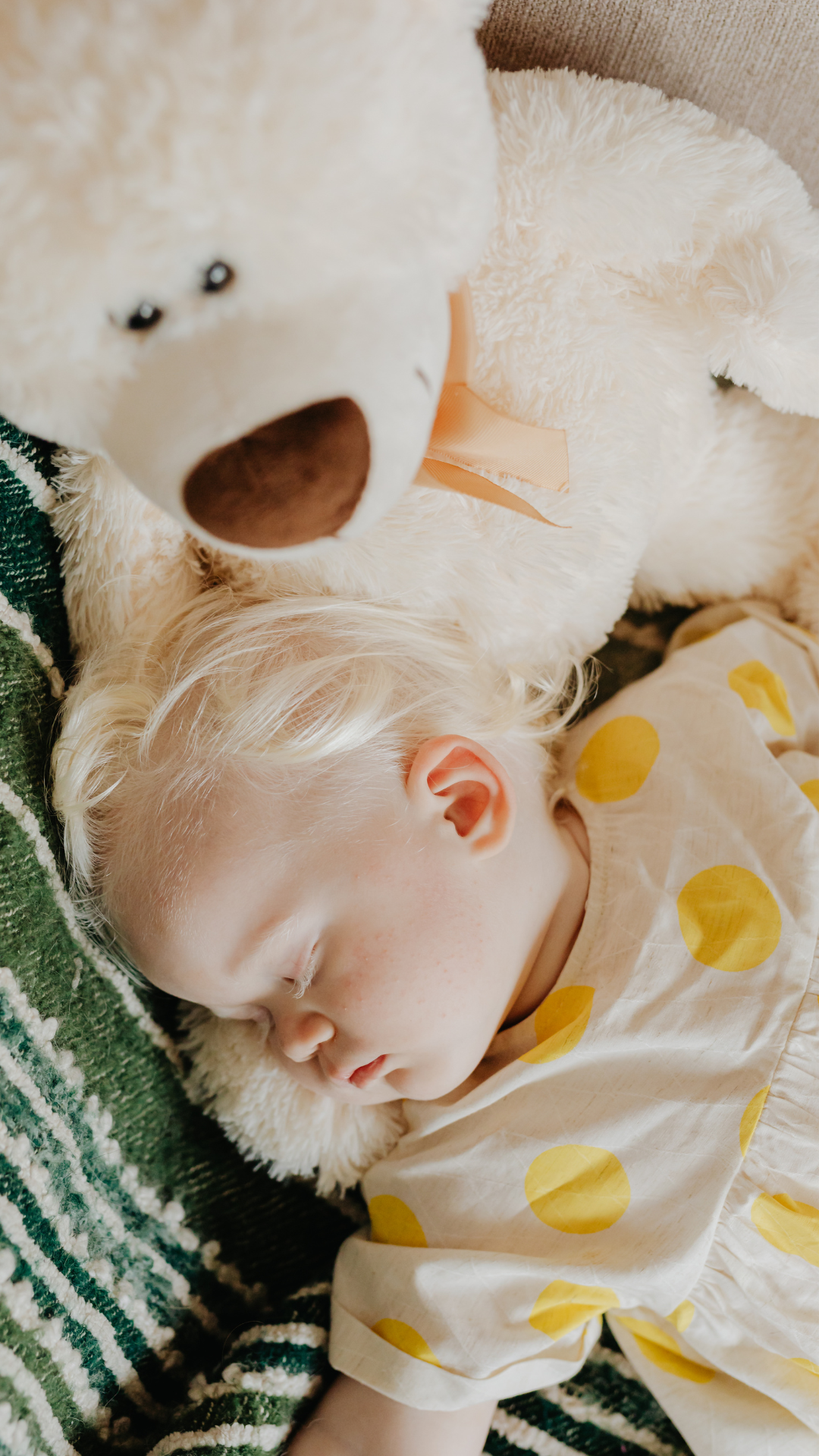
Practical Tips for Parents
Here are evidence-based ways to support both healthy eating and better sleep:
🍽 To Help Nutrition Support Sleep
- Offer balanced meals at regular times, focusing on whole foods — vegetables, fruits, whole grains, and lean proteins.
- Include sources of omega-3 such as salmon, mackerel, chia seeds or fortified eggs.
- Avoid large meals or sugary snacks right before bed. If your child needs something, try a light snack like banana slices, yoghurt or warm milk.
- Limit caffeine and added sugars, even in “child-friendly” drinks or chocolate.
🌙 To Help Sleep Support Nutrition
- Keep a consistent bedtime routine. Predictability helps children wind down.
- Turn off screens an hour before bed. Blue light delays melatonin production, making it harder to fall asleep.
- Create a calm sleep environment. Dark, cool, and quiet rooms improve sleep quality.
- Encourage natural daylight exposure during the day to regulate circadian rhythms.
💡 Combine the Two
Think of sleep and nutrition as a team:
- Earlier dinners can lead to earlier, deeper sleep.
- Well-rested children are more likely to eat well the next day.
- Good sleep can reduce cravings for sugary or processed foods.
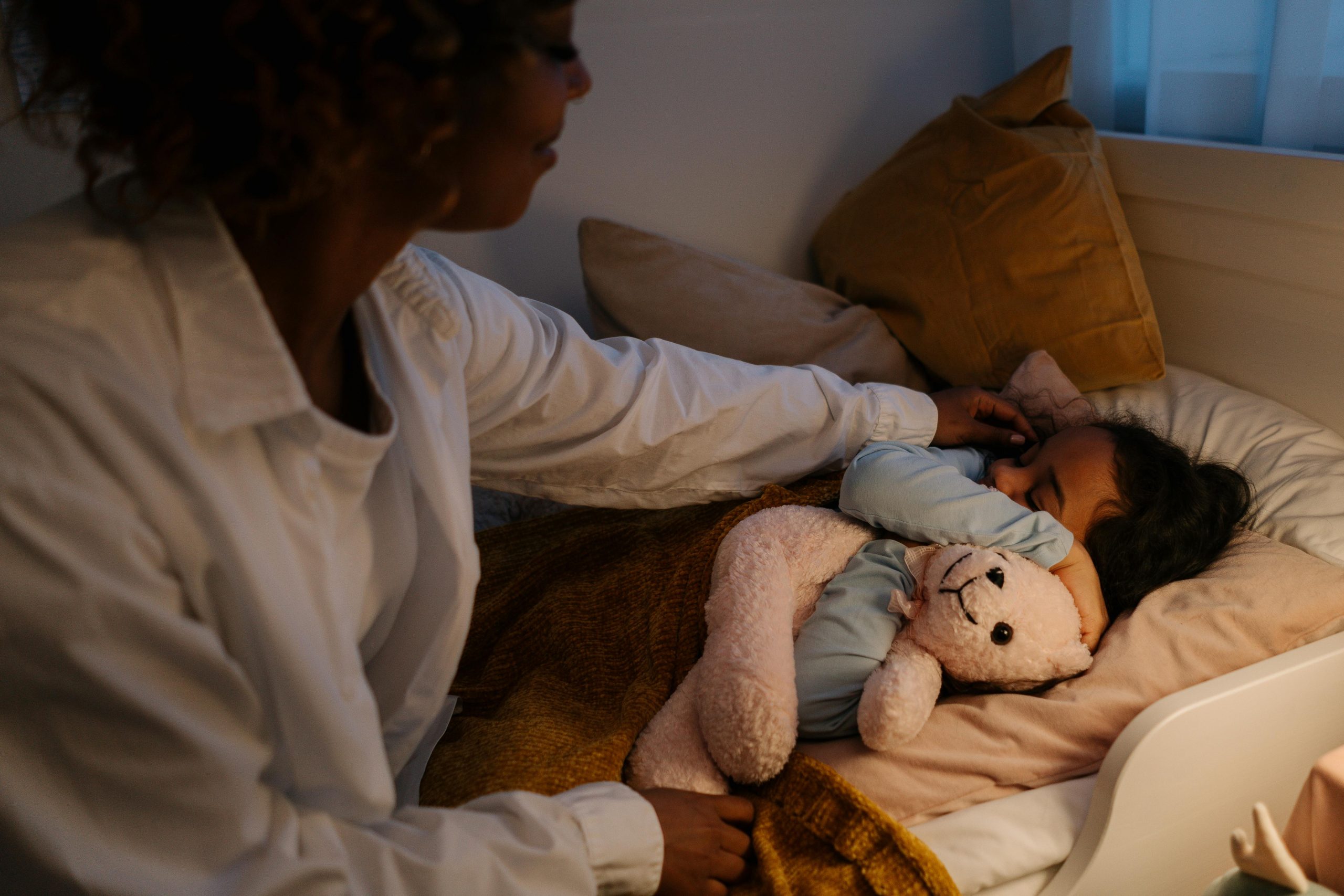
When to Seek Support
If your child consistently struggles to fall asleep, wakes frequently, or relies on food or milk to get back to sleep, it may help to speak with your GP, health visitor, or a paediatric dietitian. These professionals can check for nutrient deficiencies, assess sleep hygiene, and provide tailored guidance.
Healthy sleep and healthy eating go hand-in-hand. Children who get enough sleep tend to make better food choices, maintain a healthier weight, and perform better at school. Likewise, nutrient-rich diets — with balanced meals and limited processed foods — can promote deeper, more restorative sleep.
By nurturing both, parents can give their children one of the strongest possible starts in life.
References
Carroll, H.A. et al. (2021). Sleep duration and eating behaviours are associated with body composition in 5-year-old children. British Journal of Nutrition, 126(4), 600–608.
McDonald, L. et al. (2015). Short sleep duration is associated with increased energy intake in UK children. American Journal of Clinical Nutrition, 102(3), 642–648.
Montgomery, P. et al. (2014). Higher blood omega-3 index is associated with better sleep in school-aged children. Journal of Sleep Research, 23(5), 607–614.
Hart, C.N. et al. (2024). Experimental reduction in sleep increases energy intake and non-core food consumption in children. International Journal of Behavioural Nutrition and Physical Activity, 21(3), 112–121.
Chaput, J.-P. et al. (2016). Sleep patterns, diet quality and obesity risk in childhood. Public Health Nutrition, 19(5), 908–915.
Scientific Advisory Committee on Nutrition (SACN). (2023). Feeding young children aged 1 to 5 years. UK Government Report.



